How Indian media framed Trump’s meeting with Shehbaz and Munir
Headlines in New Delhi reveal unease as Trump hosts Shehbaz and Munir, signaling a shift in South Asia’s alignments
Sheraz Khan
Senior Producer, Monitoring Desk
Sheraz Khan Rajput is a veteran journalist with nearly two decades of experience in broadcast and digital media, specializing in breaking news, scriptwriting, research, and fact-checking.
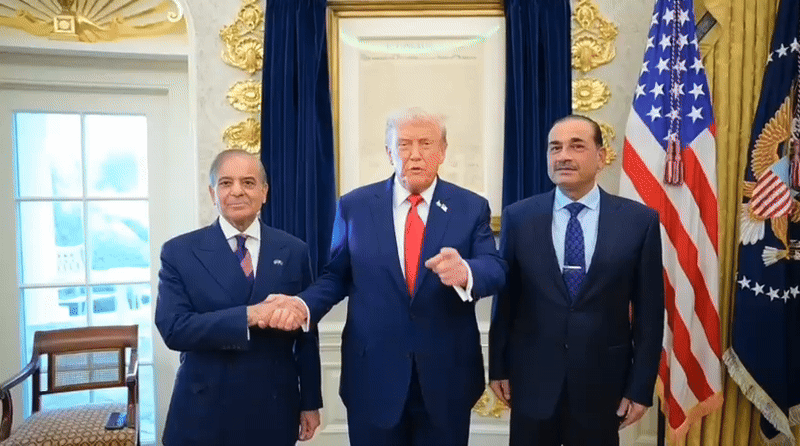
In this animation, President Donald Trump can be seen shaking hands with Pakistan Prime Minister Shehbaz Sharif on September 26, 2025.
Courtesy: X/@GovtofPakistan
The White House meeting between U.S. President Donald Trump, Prime Minister Shehbaz Sharif, and Army Chief Field Marshal Syed Asim Munir came at a delicate moment in South Asia. India–U.S. relations were already fraying under Washington’s punitive tariffs, Trump’s description of India as a “dead economy,” and American accusations that New Delhi was acting as a “laundromat for the Kremlin.”
Despite years of joint military drills, expanded trade talks, and robust student exchanges, analysts say the partnership has entered a volatile phase. India’s outreach to Moscow and Beijing through the Shanghai Cooperation Organization and its embrace of multipolarity reflect New Delhi’s hedging in a world where U.S. influence appears less decisive.
Against this backdrop, Washington’s renewed engagement with Islamabad carried unusual weight. The meeting was more than a diplomatic courtesy call — it was a marker of shifting alignments in South Asia.
That shift stems from the May ceasefire between India and Pakistan, the most serious confrontation in decades, which followed weeks of cross-border clashes, missile fire, and drone strikes. Trump loudly claimed credit for averting escalation. Sharif backed him, calling Trump a “man of peace” and even endorsing him for a Nobel Prize.
By contrast, Indian Prime Minister Narendra Modi dismissed Trump’s role outright, rejecting any suggestion of U.S. mediation. The divergence left Pakistan and India on opposite sides of Washington’s diplomatic narrative, sharpening the symbolism of the Oval Office reception.
How Indian media framed the meeting
When Trump welcomed Sharif and Munir, Indian newsrooms scrambled to control the narrative. The headlines themselves reflected Delhi’s unease over Washington’s embrace of Pakistan’s leadership, particularly after U.S.-brokered ceasefire talks.
Hindustan Times — seizing on trivia
“‘They may be somewhere...’: Trump keeps Shehbaz Sharif, Asim Munir waiting at Oval Office”
With few substantive angles, Hindustan Times made Trump’s casual aside about the delegation’s whereabouts its headline. The minor remark was amplified, showing how little ground critics had to stand on.
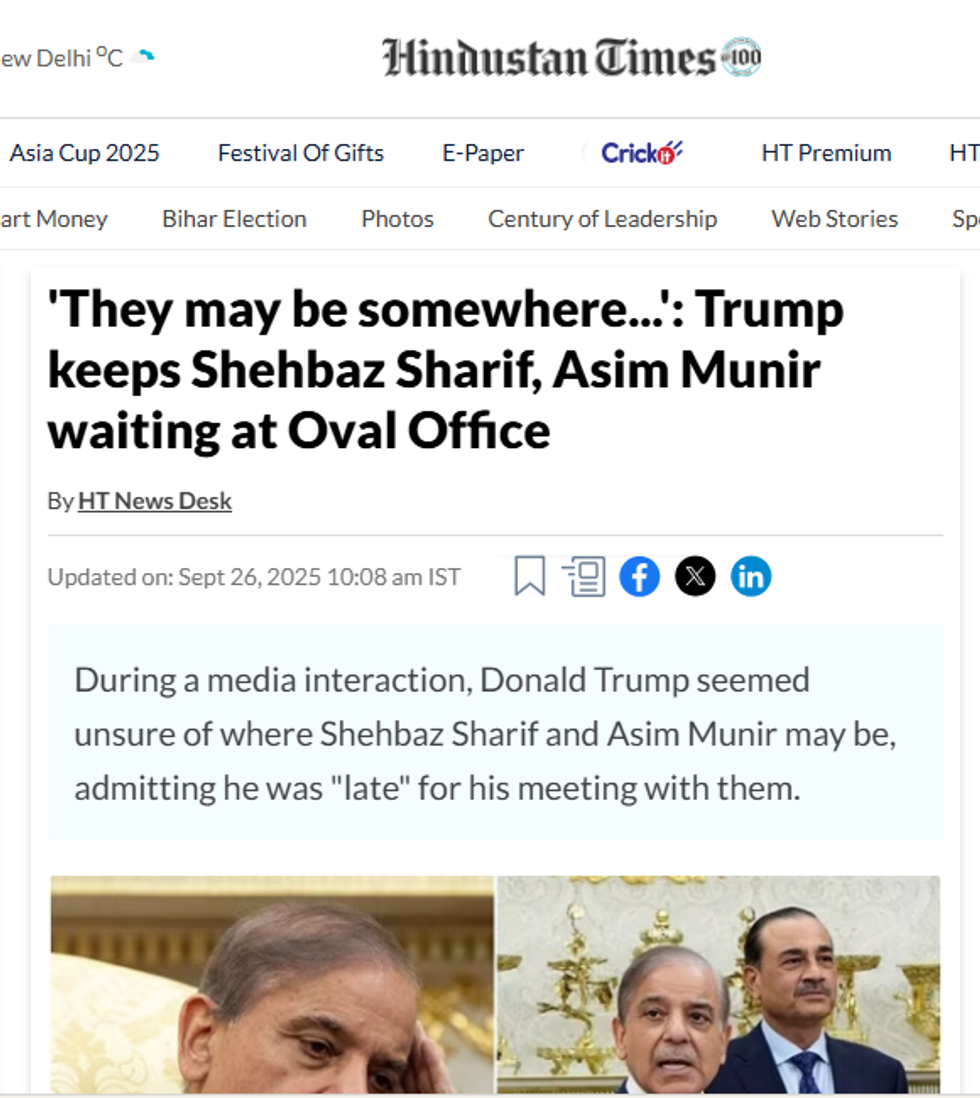
Indian Express — factual lapse
“Trump holds talks with Pakistan’s PM Shehbaz Sharif, Asim Munir ahead of UNGA address”
The headline was inaccurate. Trump had already addressed the UN General Assembly before the meeting. The error underscored the rushed, uneasy nature of Indian coverage.
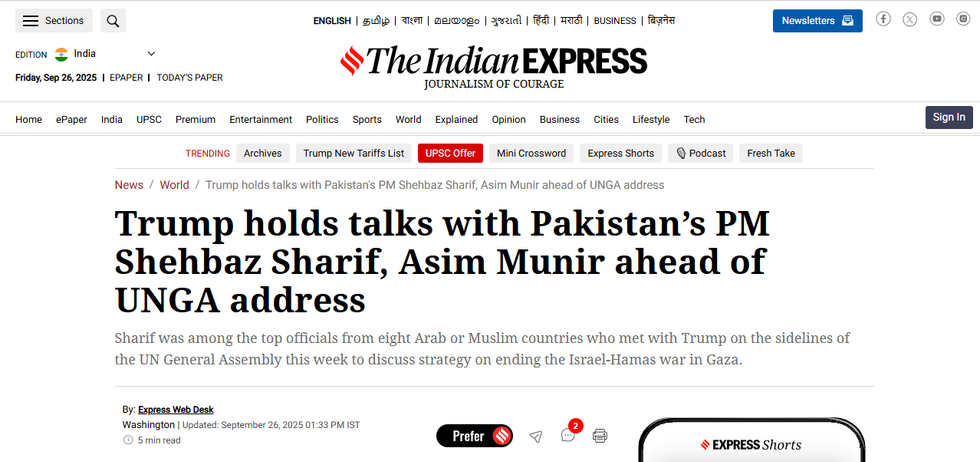
Business Standard — rare clarity
“Trump hosts Pak PM Shehbaz Sharif, Asim Munir amid strained India ties”
One of the few instances of sober reporting, this headline linked the meeting to worsening India–U.S. ties and implicitly acknowledged the role of the May ceasefire in elevating Pakistan’s diplomatic standing.
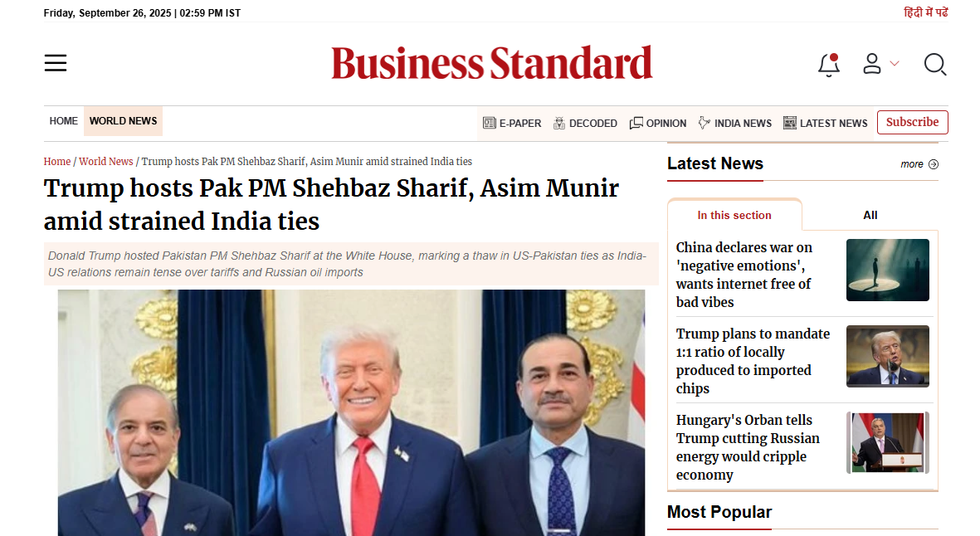
Times of India — historic framing
“Donald Trump pivots to Pakistan in biggest US tilt since 1971”
Times of India placed the meeting in historical perspective, recalling Nixon’s Cold War outreach through Pakistan. It acknowledged U.S. ceasefire diplomacy and cast the White House reception as a turning point in regional politics.
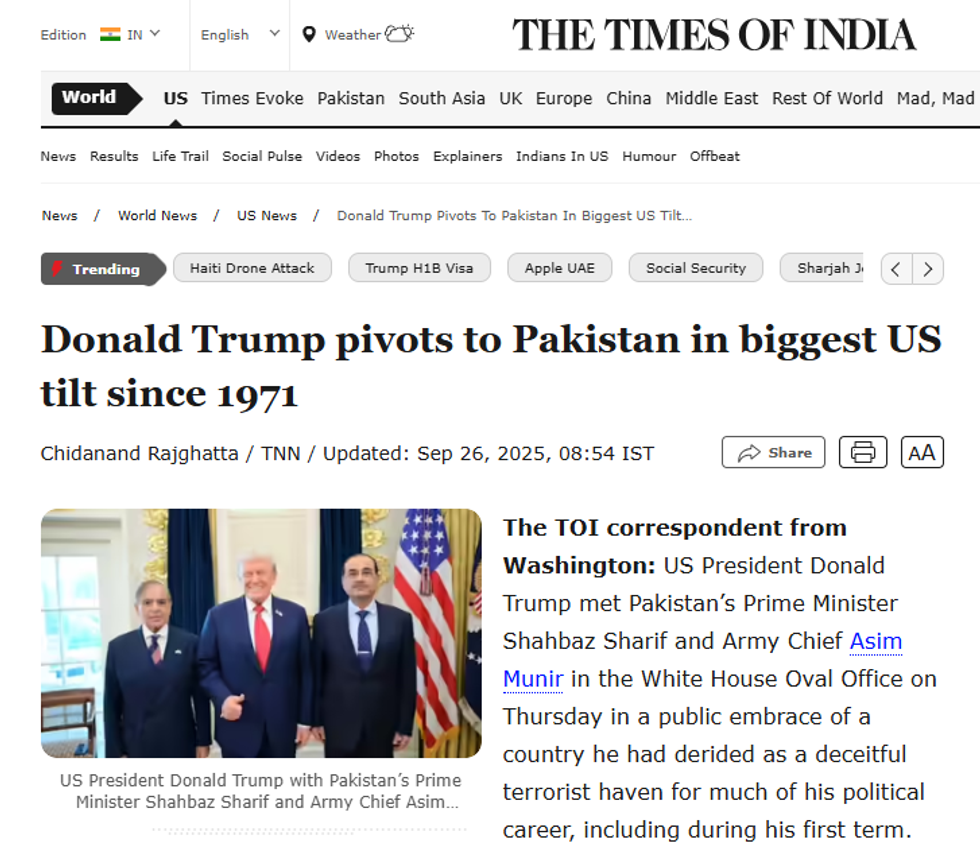


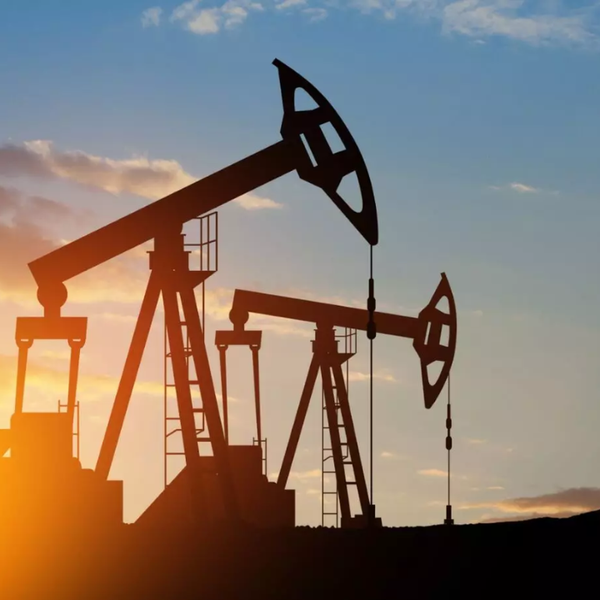
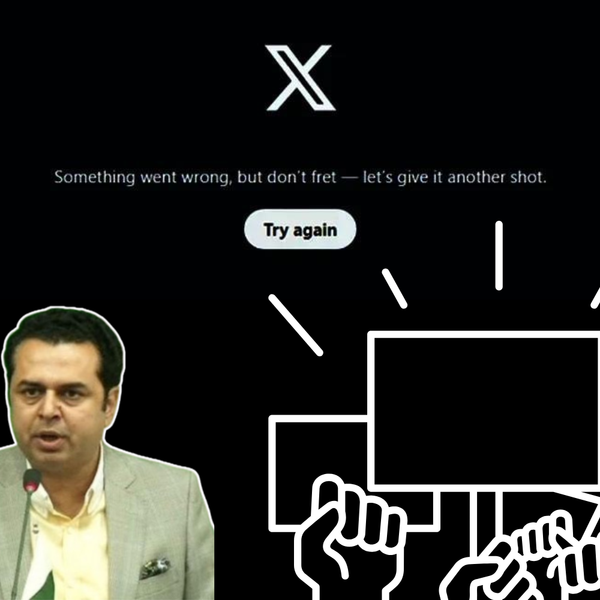
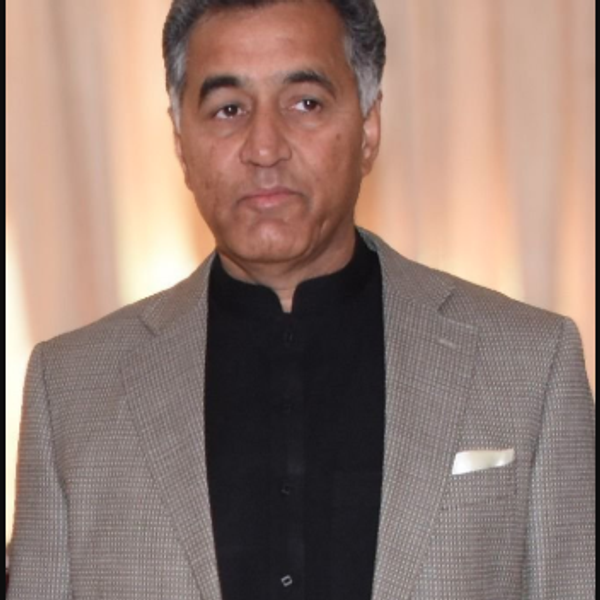
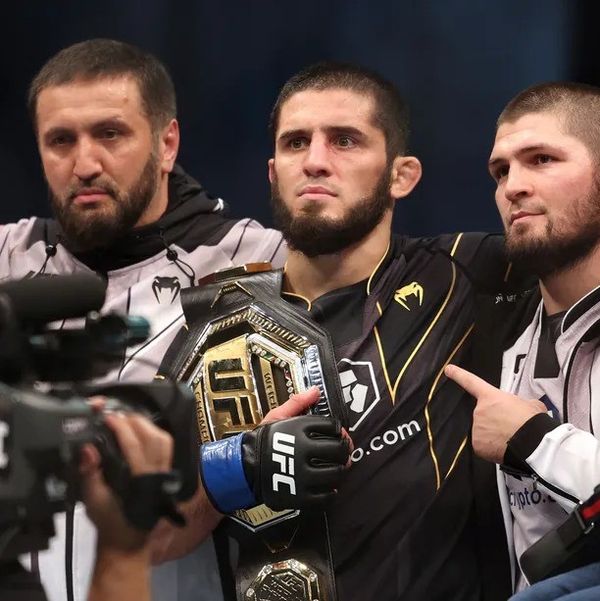

Comments
See what people are discussing